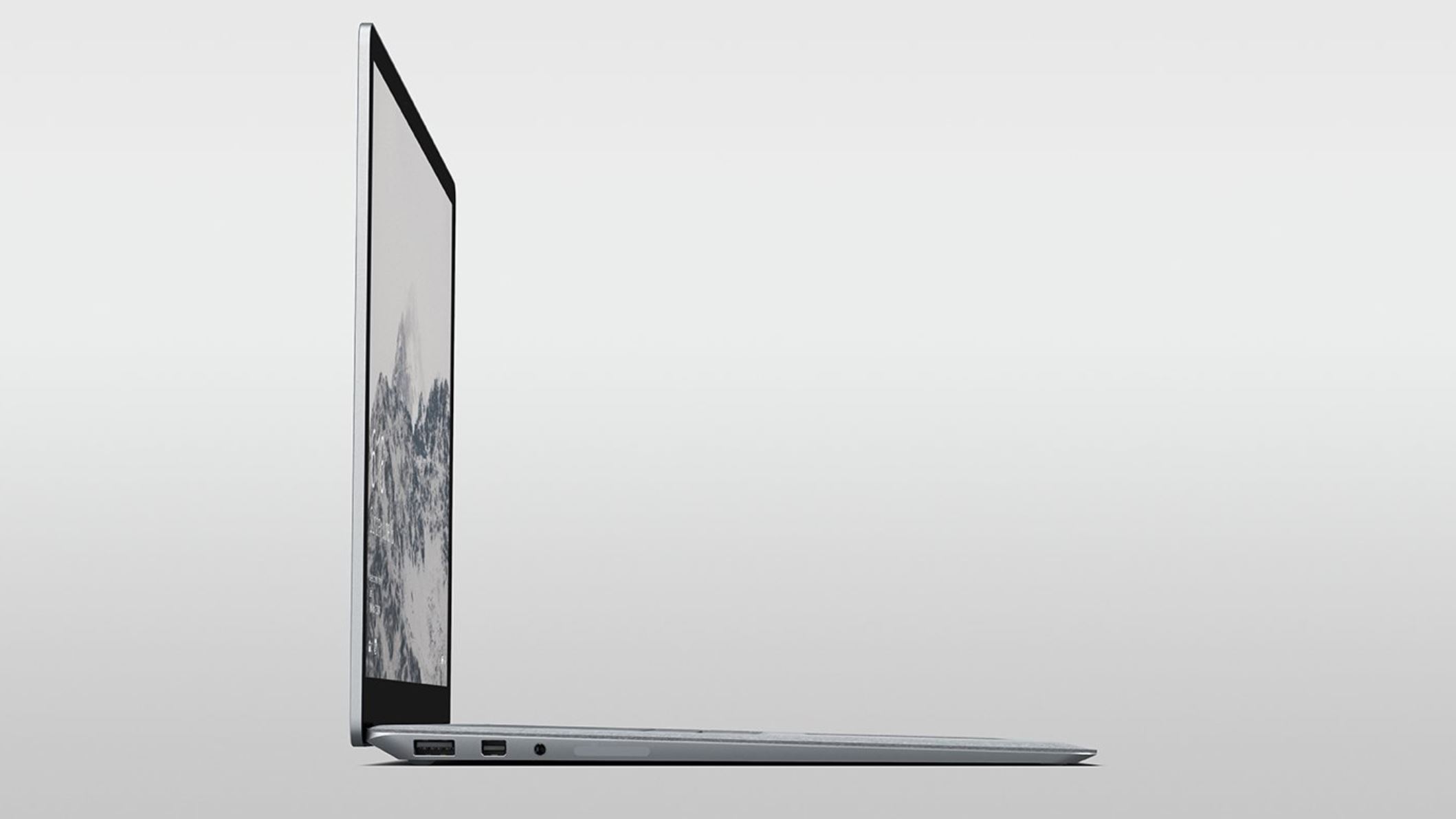When Microsoft launched the Surface Laptop running Windows 10 S for students last month, it was understood that only UWP apps from Microsoft Store would be allowed to run on these devices. But the restrictions go much deeper than that, making Windows 10 S look somewhat like iOS in many respects.
Most of us have known that Windows 10 S on the Surface Laptop won’t let apps like Google Chrome run on it unless the developers created and published UWP versions of those apps. You can’t even use search engines other than Bing on these systems. But did you know that the restrictions go far beyond that?
For example, you can’t install third-party antivirus, so you’ll have to depend on the built-in Windows Defender component. That’s not a problem for individual users, per se, but what about school administrators who need to manage multiple devices (Surface and non-Surface devices)?
The restrictions run so deep, in fact, that even several Microsoft components aren’t being allowed to run on these systems.
Here’s a full list:
bash.exe
cdb.exe
cmd.exe
cscript.exe
csi.exe
dnx.exe
kd.exe
lxssmanager.dll
msbuild.exe
ntsd.exe
powershell.exe
powershell_ise.exe
rcsi.exe
reg.exe
regedt32.exe
windbg.exe
wmic.exe
wscript.exe
The Surface Laptop isn’t exactly a student device. At a starting price of $999, that’s not the segment they’re targeting. However, future OEM devices running the same Windows 10 S could viably compete with Chromebooks from various manufacturers. At least, that’s the objective with Windows 10 S devices.
Microsoft does offer an upgrade to Windows 10 Pro with a $49 purchase, and that offer is currently free until the end of the year. The company is also providing a way to downgrade back to Windows 10 S if users are not happy with the performance and battery life degradation expected with a heavier operating system like Windows 10 Pro.
But to make Windows 10 S so restrictive is a little overkill, especially when these devices may be part of a network. For example, they have to be managed through Azure Active Directory rather than with Active Directory.
Microsoft has not clarified its position on the restrictions and the full benefits of have a locked down system like Windows 10 S on Surface Laptops. Neither have they made evaluation copies available for IT professionals to test out. These usually appear on resources like MSDN, but there’s nothing so far.
We’ll have to wait and see what Microsoft has in mind. Surface Laptops have been shipping out to buyers in about 25 countries since June 15, but Microsoft is still being silent about why they’ve applied so many restrictions, and how that might benefit the user in a meaningful way.
Are they trying to find a middle ground between iOS and Chrome OS, where everything is locked down but the operating system is light enough and cheap enough for OEMs to express their interest in making the devices to run it on?
Thanks for visiting! Would you do us a favor? If you think it’s worth a few seconds, please like our Facebook page and follow us on Twitter. It would mean a lot to us. Thank you.
Source: Digital Trends



